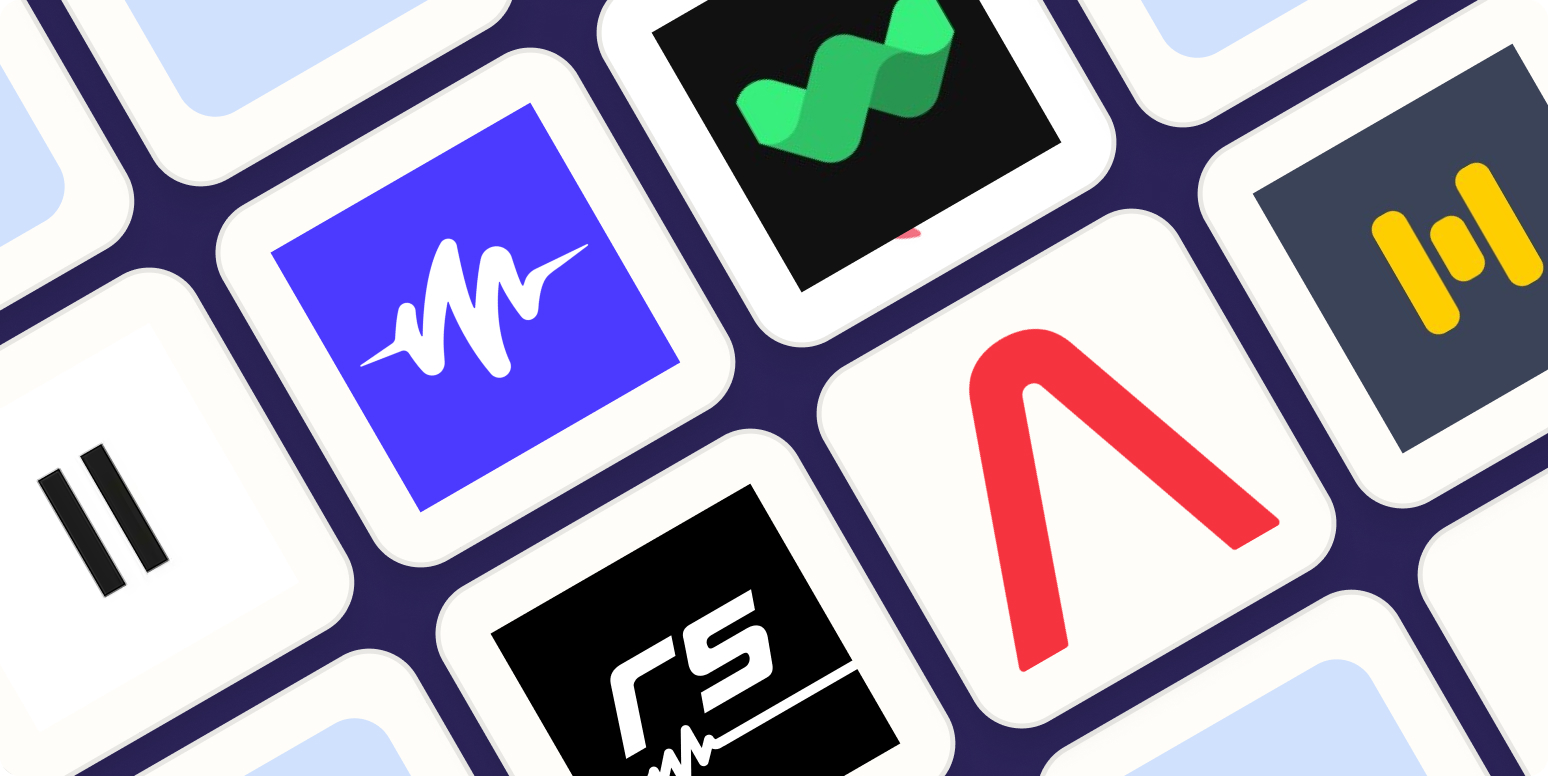Storytelling has always been one of the most powerful ways to connect with audiences. From ancient oral traditions to modern multimedia projects, stories shape how we share ideas, emotions, and experiences. But in the digital age, storytelling has evolved beyond written or spoken words. Thanks to artificial intelligence, creators now have tools that bring characters to life with voices that sound natural, expressive, and full of personality. One of the most exciting developments in this space is the rise of character voice generators, AI-powered tools that can turn plain text into realistic, engaging voice performances.
Whether you’re an author, game developer, content creator, or filmmaker, voice generation technology is changing the way stories are told. Platforms like Invideo have begun to integrate this kind of technology, making it easier for creators to experiment with voices and craft immersive narratives. A character voice generator can help storytellers shape characters’ personalities, set the tone for scenes, and make narratives more dynamic, all without hiring voice actors or recording in a studio.
Below, we’ll explore five creative ways to use character voice generators for storytelling, along with practical insights into how they can elevate your creative projects.
1. Give Each Character a Unique Voice in Audiobooks
Audiobooks are one of the most popular storytelling mediums today, but they can be challenging to produce. Hiring multiple voice actors or recording different tones for various characters can take a lot of time and money. This is where a character voice generator can be a game-changer.
By using AI-generated voices, authors can create distinct tones, accents, and speech styles for each character, helping listeners distinguish between them effortlessly. For example, a protagonist could have a calm, confident voice, while a villain might have a deep, menacing tone. These subtle differences help immerse the audience in the story’s world.
Beyond saving time, this approach also allows for greater experimentation. You can instantly modify pitch, pacing, and emotional intensity until every voice perfectly fits its character. For indie writers or small publishers, this means professional-quality audiobooks are now within reach, even on a limited budget.
2. Bring Animated Stories and Comics to Life
In the world of digital storytelling, visual and audio elements often go hand in hand. Animated shorts, web series, and even motion comics can be significantly enhanced by realistic character voices. Using AI-generated voices allows creators to add lifelike dialogue without the need for expensive studio sessions.
For example, if you’re creating an animated short film or web series using a platform like Invideo, pairing visuals with a character voice generator can make your production stand out. You can match voices with character designs, ensuring every tone reflects personality, whether it’s a humorous sidekick, a mysterious mentor, or a fierce warrior.
This approach not only makes your characters feel more human but also opens the door to multilingual storytelling. Many AI tools can translate and localize voices, allowing creators to share their work with global audiences in multiple languages. The result? More accessible, relatable, and engaging storytelling.
3. Add Personality to Podcasts and Audio Dramas
Podcasts and audio dramas have become creative playgrounds for storytellers. But unlike visual media, they rely entirely on sound to convey atmosphere and emotion. This is where AI voice generation truly shines.
A character voice generator can help podcasters and drama creators populate their worlds with diverse, believable voices. Instead of one person voicing multiple characters, which can sometimes break immersion, AI can produce realistic variations in tone and accent. Imagine a sci-fi audio drama featuring alien voices, robotic narrators, or ancient spirits, all voiced convincingly without a single human actor.
With AI, you can also fine-tune delivery to match the scene’s mood. Whether it’s tension, sorrow, humor, or excitement, the tone can be adapted instantly. This flexibility helps creators experiment freely and push creative boundaries without technical limitations.
Example:
If you’re writing a fantasy audio series, you could give the narrator a calm, storyteller tone while your characters speak with distinct inflections, one regal, one playful, one sinister. The result is a layered soundscape that keeps listeners hooked from the first episode to the last.
4. Make Game Storytelling More Immersive
Voice acting plays a major role in modern gaming, setting emotional tones and enhancing immersion. But not every game developer has the budget or resources for a full cast of professional actors. This is where AI-generated voices come into play.
By integrating a character voice generator into the game development process, creators can test dialogue quickly and experiment with tone, pacing, and accent before finalizing scripts. Indie developers, in particular, benefit from being able to create realistic voiceovers for every NPC (non-playable character) or main hero, without the logistical headaches of recording sessions.
Moreover, AI voices can evolve with player choices in interactive storytelling. Imagine a role-playing game where a character’s tone changes based on the player’s decisions — becoming colder, friendlier, or more emotional as the story progresses. This level of dynamic voice adaptation adds depth and realism, transforming games into richer storytelling experiences.
Building Emotional Engagement in Games
The emotional impact of a story-driven game largely depends on how characters communicate. When AI-generated voices deliver lines with authenticity, players feel more connected to the narrative. A heartfelt monologue, a tense confrontation, or even casual dialogue can feel natural and immersive. This not only enhances gameplay but also helps independent developers compete creatively with major studios.
5. Create Voice-Narrated Videos and Social Media Stories
Short-form video content has become a major storytelling platform, especially with the rise of platforms like YouTube Shorts, Instagram Reels, and TikTok. Voiceovers play a crucial role in capturing attention within the first few seconds, and a character voice generator can make that process effortless.
Whether you’re narrating a fantasy short, telling a brand story, or creating a visual skit, AI-generated voices can help convey the right tone and pace. Storytellers can use expressive voices to emphasize humor, suspense, or emotion, adding personality to their content.
If you’re working with video apps, combining visual storytelling with natural-sounding AI voices creates an engaging experience for viewers. It’s especially useful for creators who want to publish frequently without spending hours recording or editing audio. You can experiment with different styles from dramatic narration to casual commentary — and instantly see how it fits with your visuals.
Enhancing Accessibility Through Voiceovers
Beyond creativity, using AI voice narration in video storytelling also improves accessibility. Adding spoken elements ensures that people with visual impairments or reading difficulties can still enjoy and understand your content. Plus, for global audiences, AI-generated multilingual voiceovers can break language barriers and broaden your reach.
Why AI Voice Generation Is Changing the Storytelling Landscape
The rise of character voice generators marks a significant shift in how stories are created and consumed. By democratizing voice acting, these tools give every creator — regardless of skill level or budget — the power to produce high-quality audio storytelling. What once required a full studio can now be achieved on a laptop in minutes.
Here’s why they’re becoming indispensable for modern creators:
- Cost-efficiency: Eliminates the need for professional recording setups or multiple actors.
- Creative freedom: Enables storytellers to experiment endlessly with tones and emotions.
- Scalability: Perfect for long-form projects or large casts.
- Localization: Simplifies translation and dubbing for global audiences.
- Speed: Reduces production time, letting creators focus on refining their narrative.
Final Thoughts
In a world where attention spans are short and competition for engagement is fierce, the ability to tell stories that truly resonate is invaluable. AI-driven storytelling tools, especially character voice generators, empower creators to produce captivating narratives that blend sound, emotion, and personality seamlessly.
From audiobooks to animations, podcasts to games, these tools redefine what’s possible in digital storytelling. And when paired with platforms like Invideo, they open up even more opportunities to merge visuals and voice, transforming stories into immersive experiences.
As AI continues to evolve, storytellers are no longer limited by resources or technical barriers. With creativity and the right digital tools, anyone can bring characters to life — one voice at a time.









